It had been a while since I last repotted my Western juniper. Although the drainage remained good, I’d been anxious to repot since styling the tree last fall and deciding on a new planting angle.

Wester juniper – August 2012
To maintain the angle indicated during the last styling, I affixed an aluminum wire that marked the front of the tree and the proper planting angle.
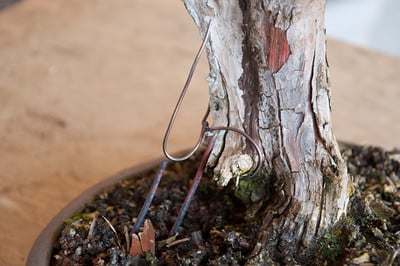
Marking the front with wire
After removing the tree, I cleaned and wired the pot before working on the roots.
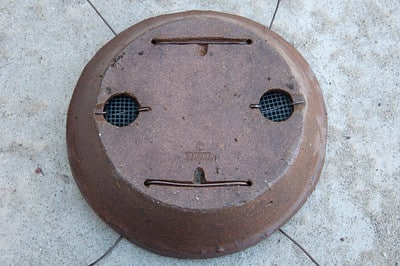
Wired and ready to go
The pot was made by Michael Hagedorn. I’ve always appreciated the little touches in his pots like the grooves he left for the wires.
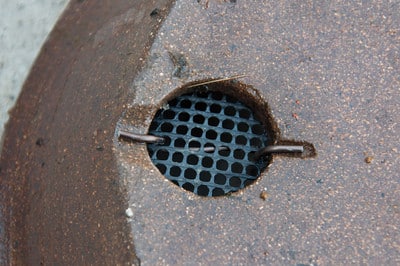
Just enough space for the ends of the z-clip
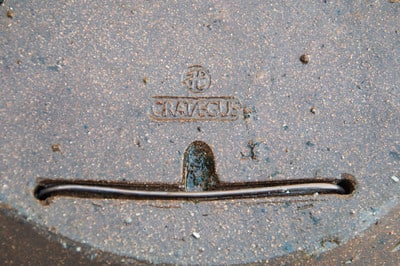
#2 aluminum in the groove – the perpendicular groove at the midpoint allows space for wire-cutters
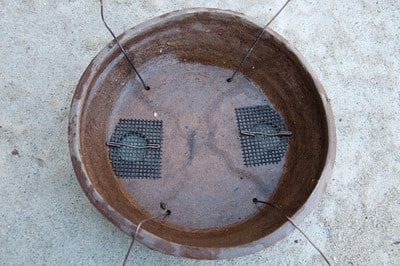
Signature Crataegus grooves
There were plenty of roots for me to work with.
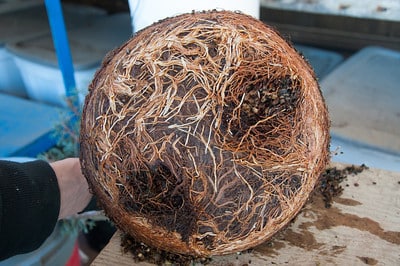
Lots of roots
After removing the roots from the bottom of the rootball, I found a peculiarly square root.
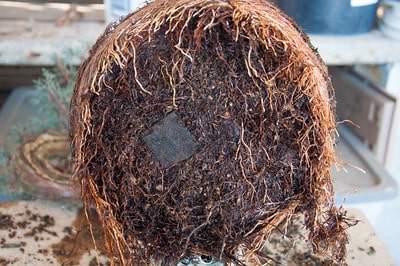
Square root
I pressed a bit from the top and it easily came loose.
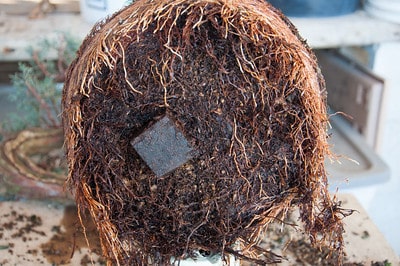
Clues from the last repotting
Knocking out the block left a perfectly square gap in the roots.
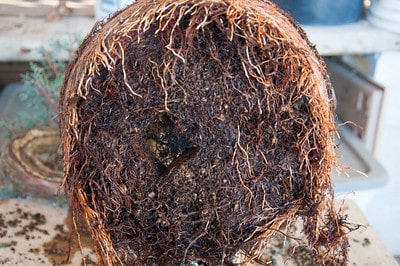
A perfect spot for new soil
I’d forgotten why I placed the block under the trunk, but after seeing photos from the last repotting in early 2010, it all came back.
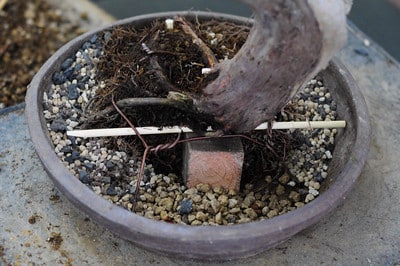
Chopstick and block – February 2010
Seeing the photo surprised me as the roots were now solid in all directions.
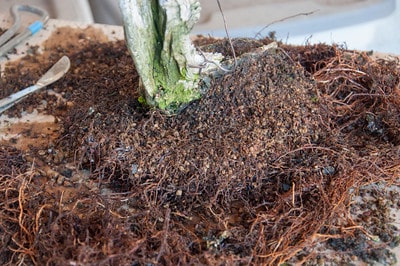
Plenty of roots to spare
I was able to complete the repotting without the assistance of blocks, however I employed a single chopstick as a short-term brace.
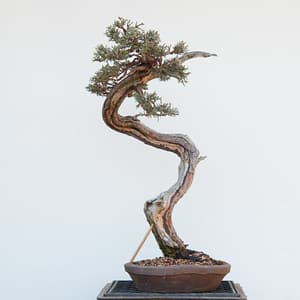
Repotting complete
Although I tilted the tree forward and towards the center, the original plan was to have it lean even more toward the front.
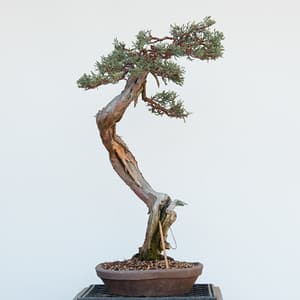
Current planted angle
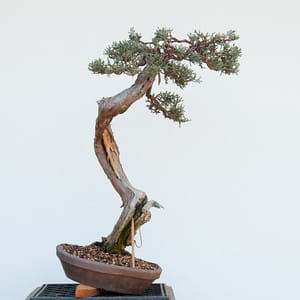
The original plan
I’ll likely tilt the tree farther forward the next time I repot, which, judging by recent history, gives the tree two to three years to grow in peace. By that time the branches will need attention and I can start thinking about when next to show the tree in an exhibit.
Subscribe to Bonsai Tonight
New Posts Delivered Every Tuesday and Friday
John DeMaegd says
I’m hip deep in anticipation, Here in Northern Indiana we are a few weeks from being able to start repotting. But it’s all I’ve been thinking about. I went out to my cold storage greenhouse and gave my trees a longing glance yesterday and a wishful “see ya all soon”!
Mac says
Jonas, Good tutorial. Thank you for the guide.
I am in the Piedmont of North Carolina . Last night it was 34° tonight supposed to get down to 29°. I’m in the same mode as John, above.
What is the signal or guide one can use to indicate when to re-pot a juniper. Do you look for some sign in the needles or pull your juniper out of the pot and see those nice white roots? Hate to pull it out if it isn’t ready.
Jonas Dupuich says
Hi Mac – good question. The indicators for junipers are same as they are for other conifers. A general guide is to repot conifers every 1-5+ years. Very old and mature bonsai usually need less repotting than younger trees. Shohin and trees that fill the pot with roots quickly are typically repotted every year. I repot most of my conifers every 2-3, or sometimes 4 years when roots develop slowly. Other triggers to repot: when the drainage is severely impaired, when repotting for show, and sometimes when a lot of branches are removed or the tree’s health takes a dive. If the tree is healthy, drainage is good, a chopstick can make it’s way into the rootball, and there’s no visual sign that the roots are solid when looking at the drainage holes, I tend to wait.
If I notice that I need to repot too late in the growing season, I do soji a little deeper than usual and force chopsticks into the soil to encourage drainage: http://bonsaitonight.com/2010/08/27/summer-soji/
Hope this helps!